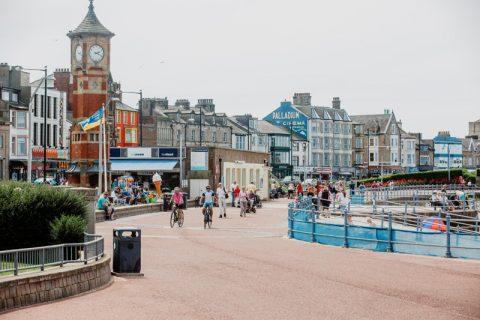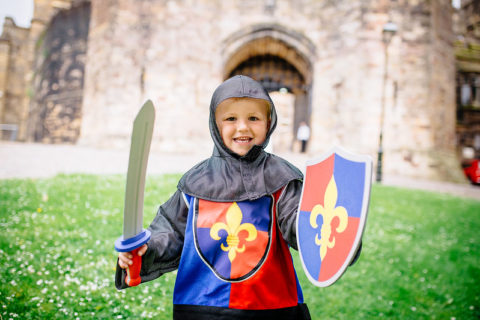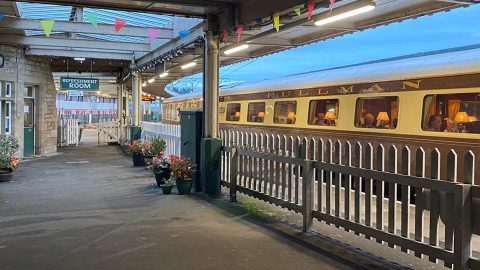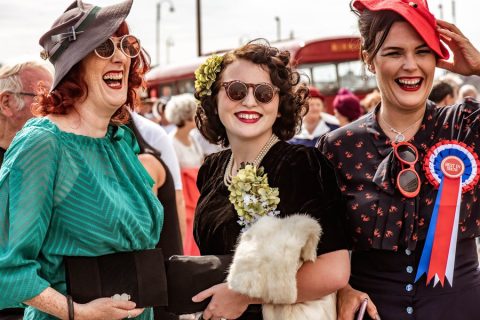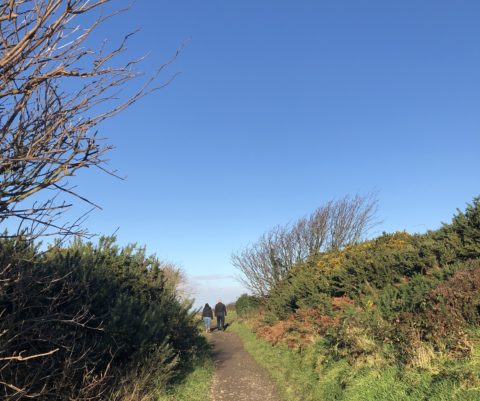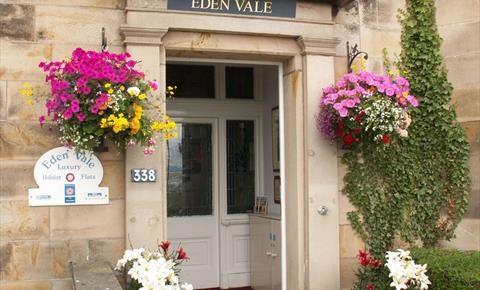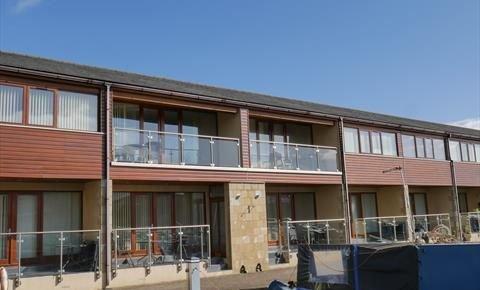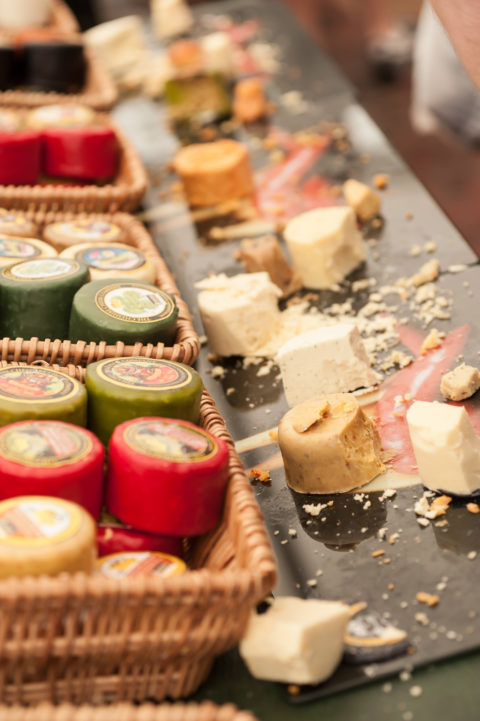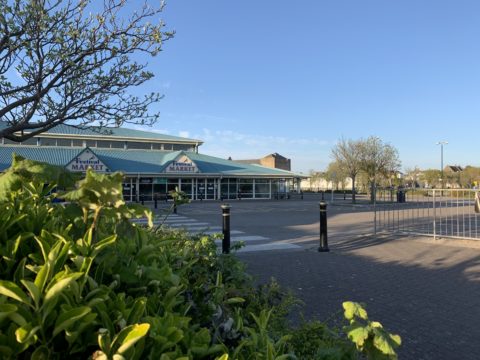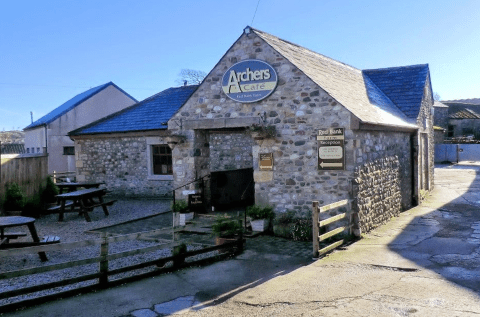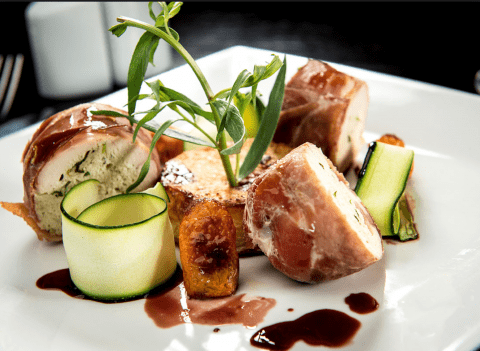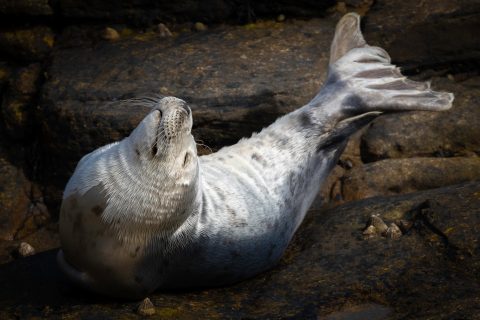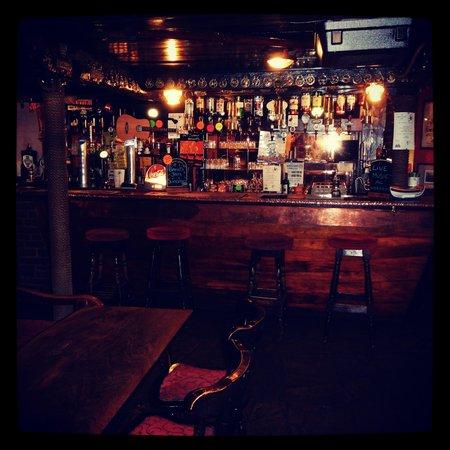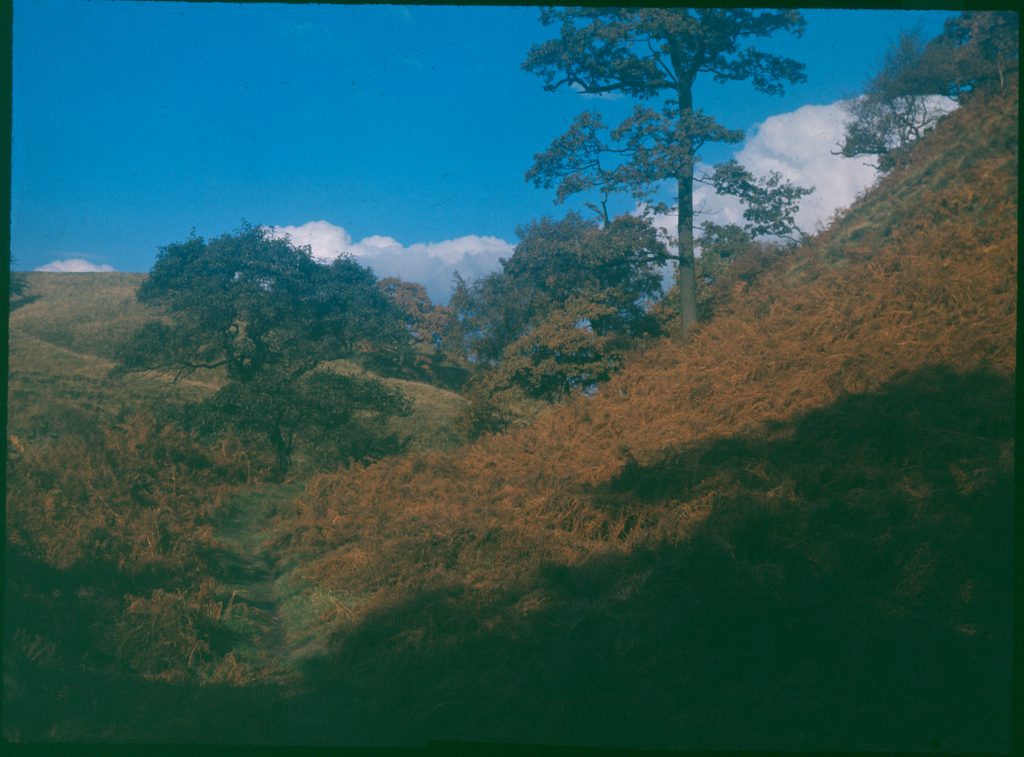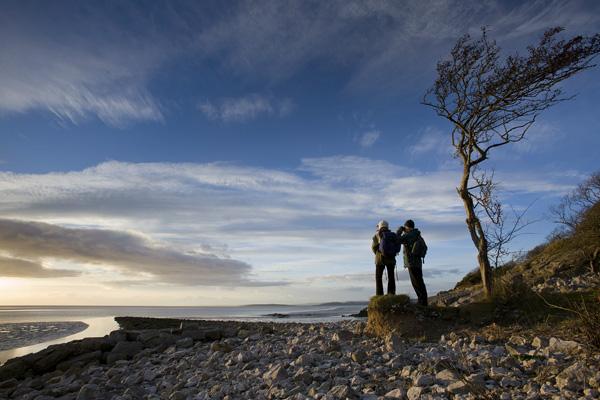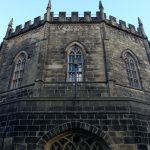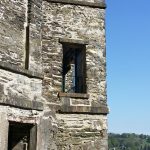Morecambe Bay’s Spookiest Spots
A walk around Morecambe Bay is good for the body and mind and there is always something beautiful to see whatever the weather but, as the nights draw in and Hallowe’en approaches, we may be forgiven for thinking there’s something lurking in the shadows. In a region so rich with history and folklore we naturally have our fair share of ghost stories and other legends – these are a few of my favourites…
Winter Gardens Morecambe
 | This is a place so haunted that ITV’s “Most Haunted” has paid a visit – and it is renowned for being one of the most haunted theatres in Lancashire with numerous stories of people being poked, prodded, slapped and pushed. One ghost is said to be that of a seamstress who never achieved her dream of becoming a dancer and so still haunts the dressing rooms, but you’re not safe anywhere; people have reported ghostly goings on in the auditorium, the stairwells and the bar. Thankfully the many events they still hold there are incredibly popular so you’re unlikely to be left there alone! |
The Midland – Morecambe
| This art-deco masterpiece has sat on Morecambe’s seafront since the 1930s, but an even earlier version of the hotel existed there before that. There’s said to be secret tunnels leading from the hotel to underneath the Platform opposite, which used to be Morecambe’s train station. These tunnels are said to have been used to move the luggage of the more high-profile visitors. While there aren’t any reports of tragedy during its time as a hotel, the Midland was also used as an RAF hospital during World War II, mainly for those unfortunate souls unlikely to recover from their injuries. The lift is alleged to move up and down from the basement on its own, still carrying the ghostly apparitions of patients. |
Smugglers’ Den – Morecambe
| Morecambe’s The Smugglers’ Den was built around 1640 and, unsurprisingly for one of the oldest pubs in the area, has accumulated a few unwanted guests over the years. Supposedly ghostly dogs can be seen wandering the pub as well as ghostly smells wafting through the building. Legend also tells of a secret passageway underneath the building that smugglers used to bring goods in from the coast. Some legends say that there is still treasure waiting down there, for those brave enough to find it! |
Bolton-le-Sands
| The marshes around Bolton-le-Sands are reputedly haunted by a bride named Matilda who was deflowered by the local lord on the eve before her wedding. Devastated by the experience the next day she donned her wedding dress and disappeared out into the bay, never to be seen again. Her ghostly image, apparently still holding up the hem of her wedding dress to keep it out of the mud, can be seen roaming along the marshes. Despite her fiancé hiring an assassin to avenge her death, her spirit still cannot settle. |
Haggs Wood – Silverdale
| OK, so this is not so much a ghost story as a giant flying serpents story. According to legend Haggs Wood near Silverdale was home to giant hairy worms which were large enough to swallow small birds. One young boy reputedly saw one fly right past him and land high in a tree. When he ran home and told the village what he’d seen a group of locals set out and burned down the tree, presumably killing the Hagg Worm, which is a bit of a shame as now we’ll never know what they looked like! |
Jenny Brown’s Point – Silverdale
| Not much is known about where the name ‘Jenny Brown’s Point’ comes from but records show that it’s been in use in some form since 1812. One of the many local legends about the place tells of one Jenny Brown, who after her love sailed away to fight abroad, she would sit on the rocks each day and wait for him to return. Jenny would sit on the rocks year after year until she eventually passed away, never knowing the fate of her lost love. Some versions of the legend say he died only months after first setting sail, being killed in his very first battle. But Jenny Brown’s point has also seen documented tragedy – in 1894, 25 people died when the Matchless sank off Jenny Brown’s Point. |
Hawes Water
| Hawes Water, just near to the RSPB Nature Reserve at Leighton Moss, is a geologically interesting lake typical of limestone regions. Not far from the lake is the Bowk Stone which is, in reality, a large glacial erratic left behind when the glaciers retreated but which is reputed to have been home to a giant eel which curled itself around the base. The giant eel would apparently happily sleep curled tight around the rock before waking to pounce on some unsuspecting sheep and drag it off to the bottom of the lake. If you’re walking your dogs around there, best keep them on a short lead… |
Lancaster Castle
| Seeing as Lancaster was known as the Hanging Town, it’s no surprise that there are plenty of ghost stories associated with the place. A monk with a noose around his neck is said to roam the grounds and one of the Pendle Witches, Elizabeth Southerns, is also said to make her presence felt. Some visitors have even reported a feeling of being pushed as they wander around the grounds, though with so many ghosts to choose from it’s hard to know which one is most likely to be doing the barging. |
Windermere
| Just to the north of the bay, along Windermere, you’ll find Claife Viewing station which was a popular party destination during the 1830s. The woods to the south of there were said to be haunted with “dreadful boggles” (ghosts) and only the bravest of the brave would walk there after dark. |
 | Avoiding the woods by taking the local ferry wasn’t much better as that was said to be haunted by the “Crier of the Claife” who continually called for the ferryman. These days the viewing station has been restored and offers stunning views along the lake. |
Original content by Beth Pipe, The Cumbrian Rambler
Article Images by Steve Pipe
Header Image by Dan Tierney

